1/72 Sunderland Mk.III
48,50€
Only 1 left in stock

*Please check our Privacy Policies to see how to we use your personal data.
*Por favor revisa nuestra Política de Privacidad para ver como tratamos tus datos personales
Description
EXTENSIVELY IMPROVED MOLDS – SUPER DECALS FOR 6 VERSIONS – FULL-COLOR INSTRUCTIONS – PHOTOGRAVURE INCLUDED
The Short Sunderland is one of the most famous seaplanes of World War II. It entered service in late 1938 to equip squadrons of the Royal Air Force Coastal Command. In December 1941, the Mk III version was introduced, the most famous and widely used variant of Short’s seaplane, which made a determined contribution to countering the German U-boat threat during the Battle of the Atlantic. The Mk.III, compared with its predecessors, was markedly improved in hull configuration and equipment for patrolling and searching for opposing submarines. The offensive load, which could include bombs, mines and depth charges, was also increased. Reliable 1,065-hp Bristol Pegasus radial engines ensured a top speed of 336 km/h and a range, critical for patrol and search activities, of more than 2,800 km.
Descripción
MOLDES AMPLIAMENTE MEJORADOS – SUPERCALCAS PARA 6 VERSIONES – INSTRUCCIONES A TODO COLOR – FOTOGRABADO INCLUIDO
El Short Sunderland es uno de los hidroaviones más famosos de la Segunda Guerra Mundial. Entró en servicio a finales de 1938 para equipar escuadrones del Mando Costero de la Royal Air Force. En diciembre de 1941 se introdujo la versión Mk III, la variante más famosa y utilizada del hidroavión de Short, que contribuyó decididamente a contrarrestar la amenaza de los submarinos alemanes durante la Batalla del Atlántico. El Mk.III, en comparación con sus predecesores, mejoró notablemente la configuración del casco y el equipamiento para patrullar y buscar submarinos adversarios. También se incrementó la carga ofensiva, que podía incluir bombas, minas y cargas de profundidad. Los fiables motores radiales Bristol Pegasus de 1.065 CV garantizaban una velocidad máxima de 336 km/h y una autonomía, fundamental para las actividades de patrulla y búsqueda, de más de 2.800 km.



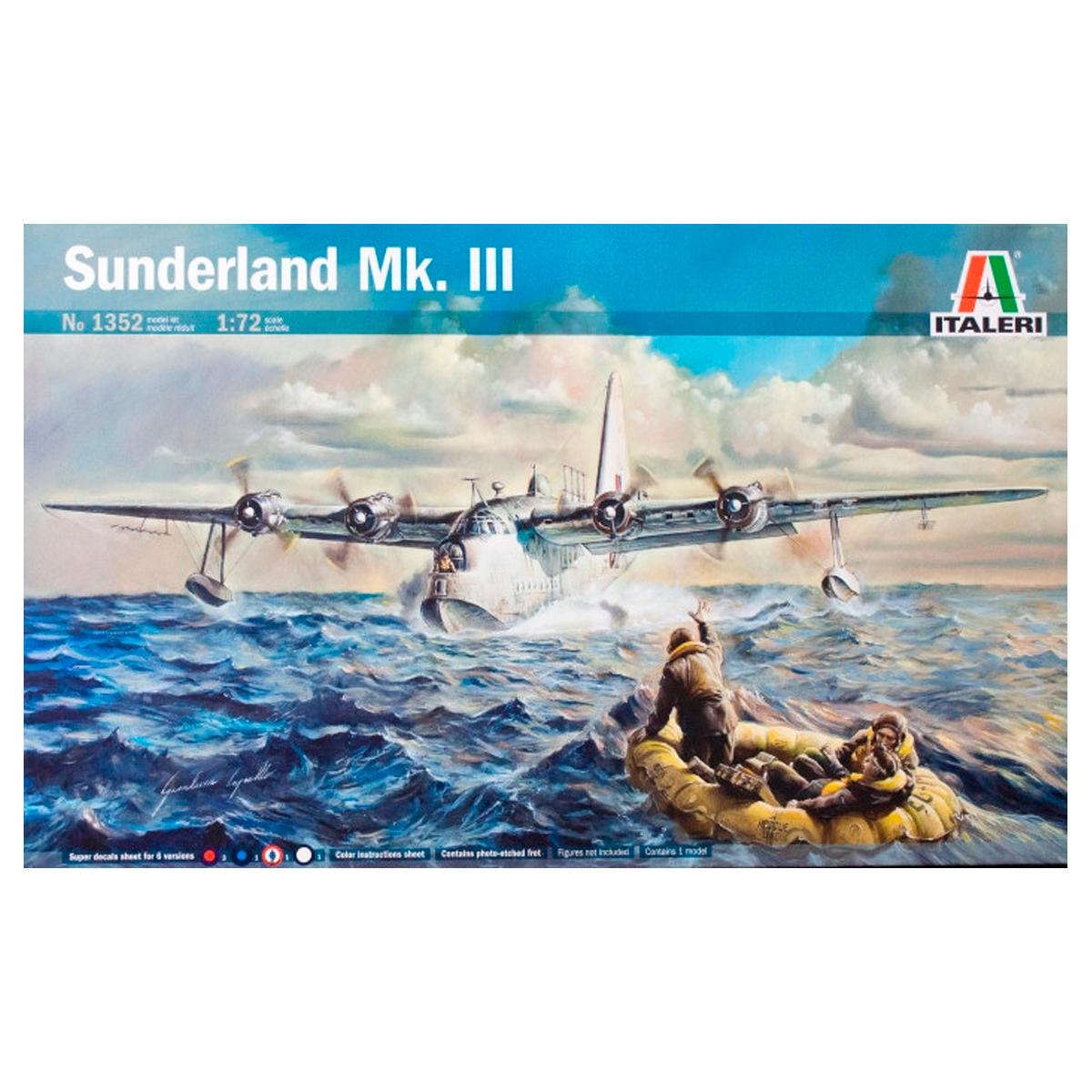
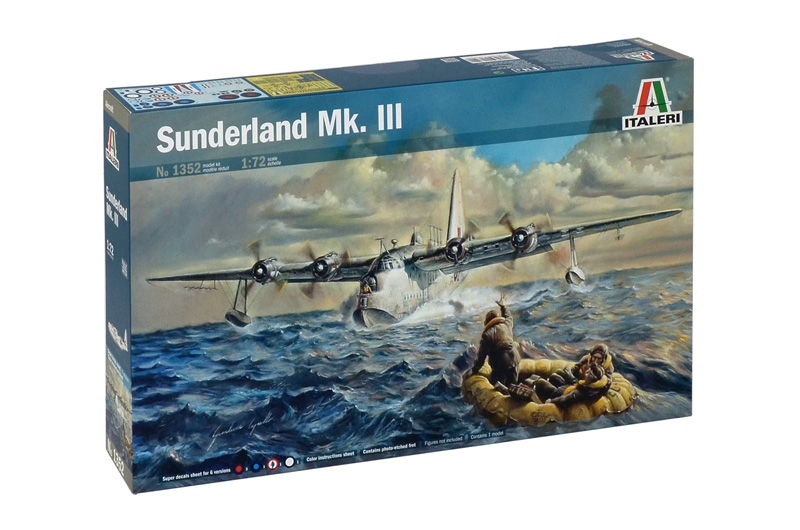
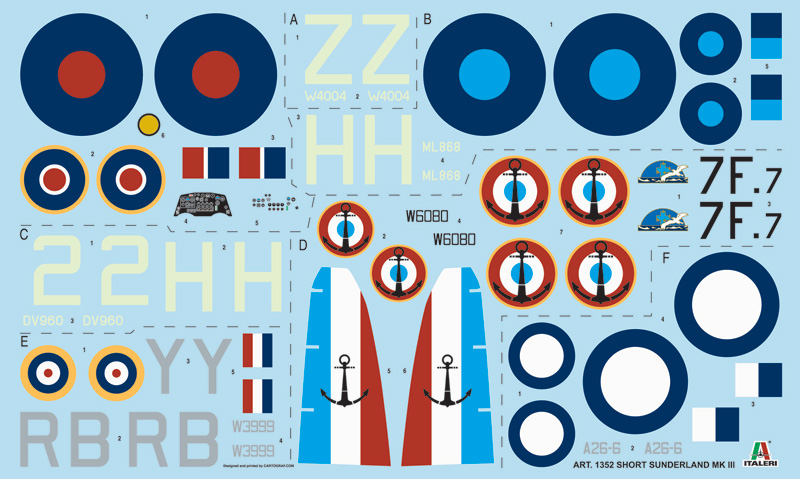


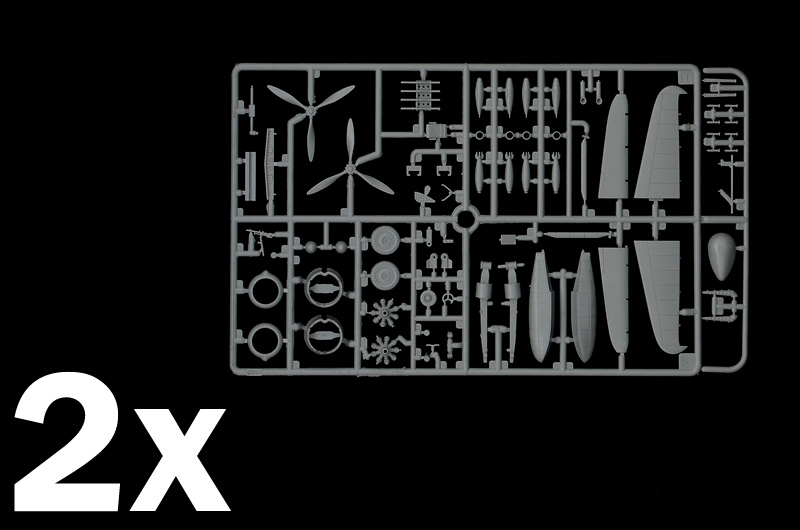
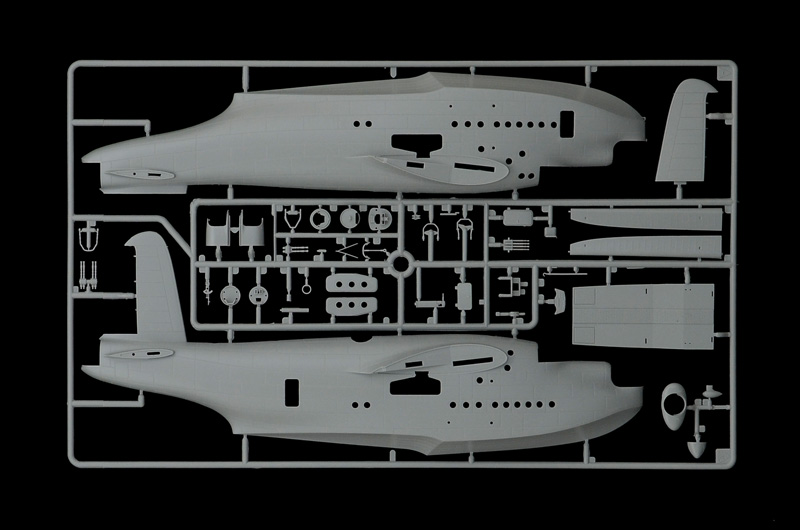

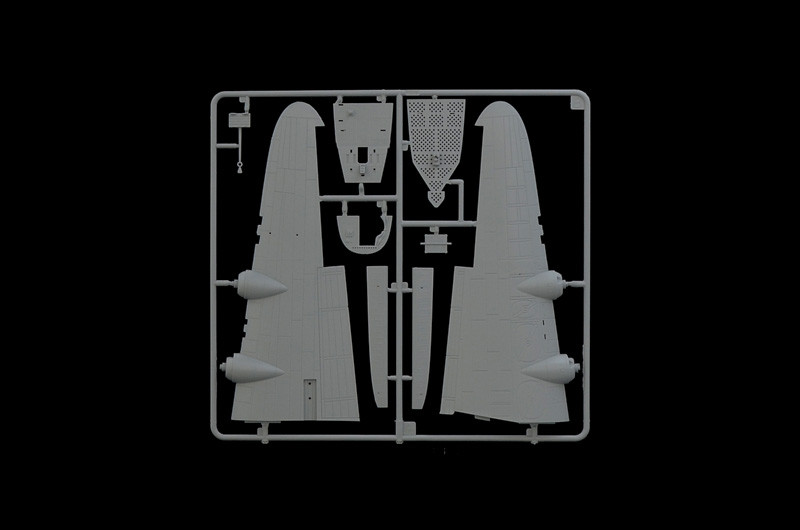
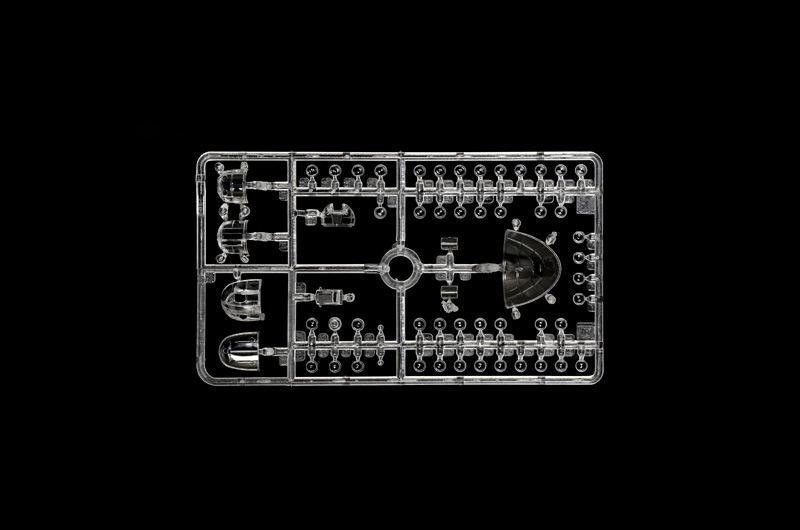
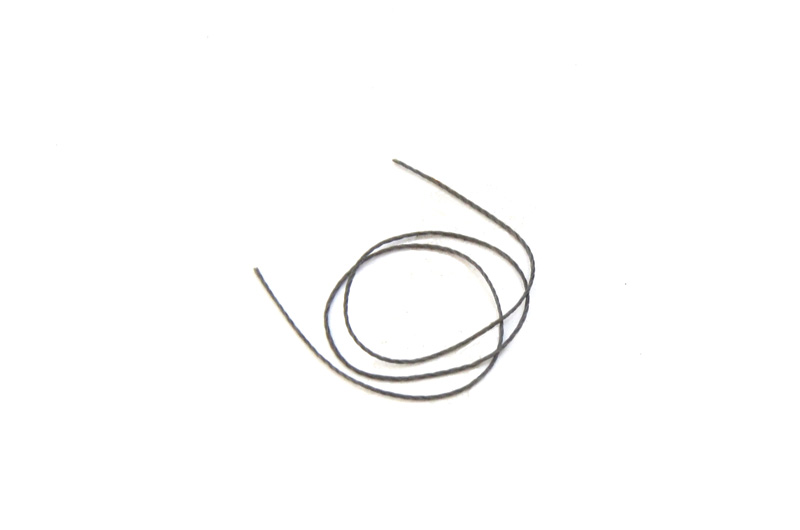
 Request of SDS product data file / Product security
Request of SDS product data file / Product security